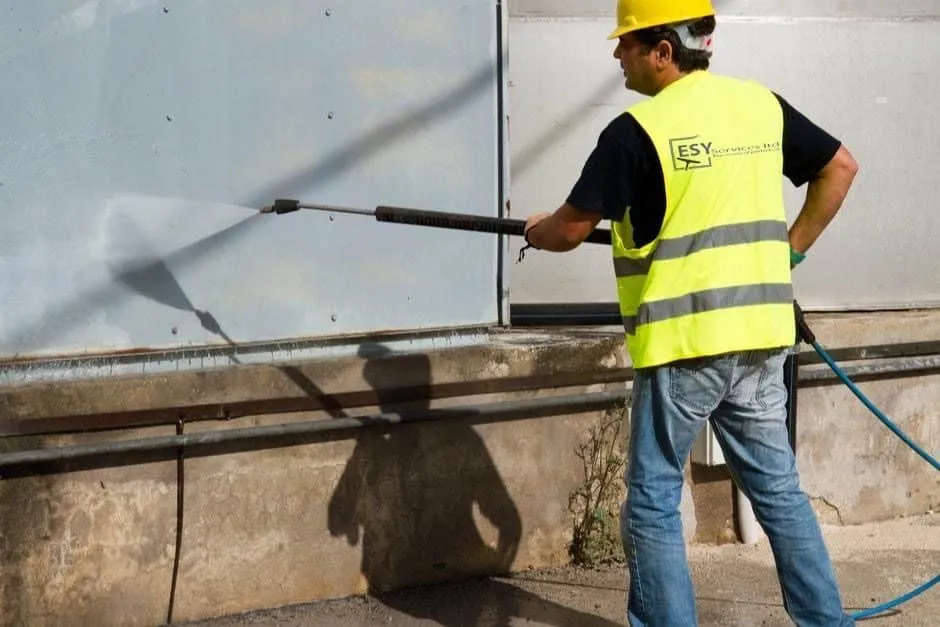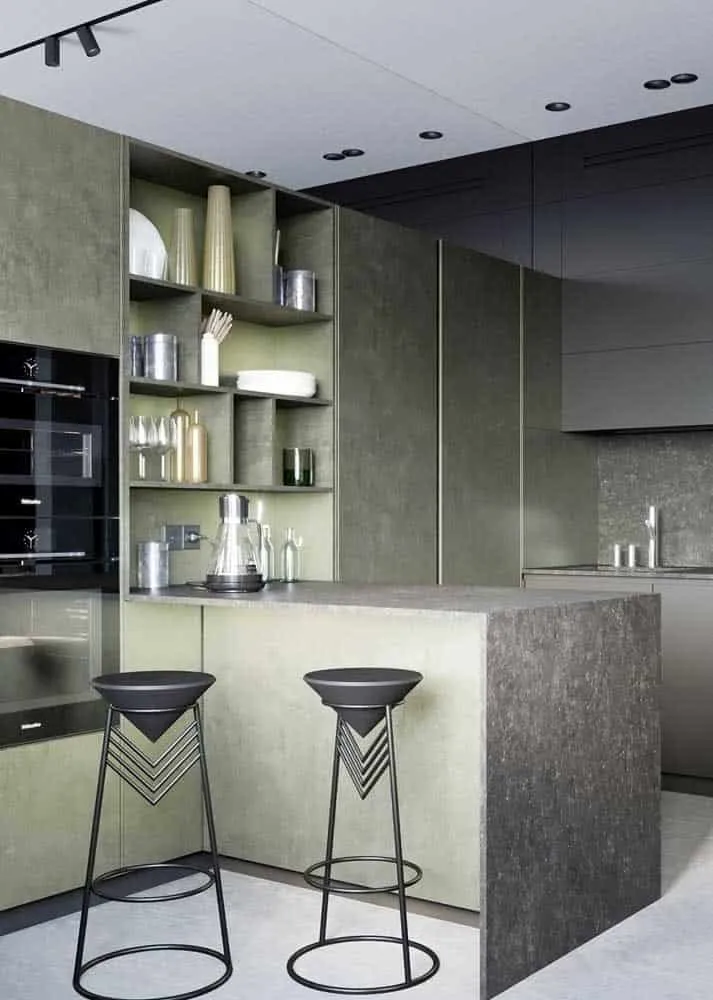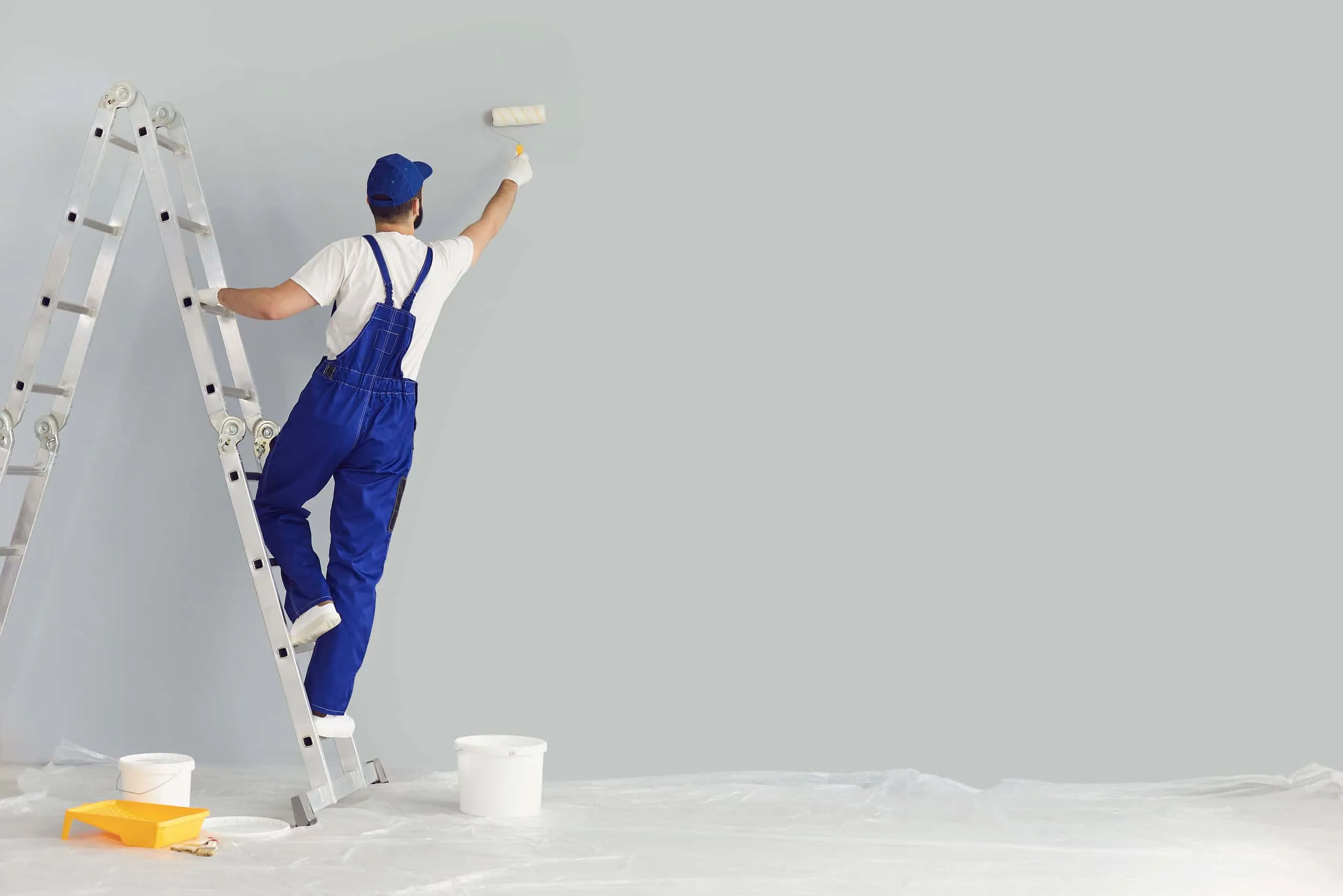There can be your advertisement
300x150
How to Clean Building Facade - Guide
Cleaning building facade has many benefits. By performing this simple action, you will get an amazing result. The building will look fresh and neat. This is not only a way to update the appearance of your home (which usually increases property value), but also an excellent way to care for it. Know that depending on the type of contamination and brick used, dirt can cause many harmful consequences.
For example, facade contaminants retain moisture. This creates a favorable environment for organisms that secrete acids which can damage bricks. For this reason, it is important to regularly clean the building facade.
We discussed this issue with Cleanify.at – a company providing facade cleaning services in Vienna (Fassadenreinigung Wien). After discussing with them and our own research, we came to the following conclusions.

What You Can Do Yourself and What You Cannot During Facade Cleaning
This is a simple but complex question for many people. The goal is to determine what you can do yourself? First, it's important to understand that cleaning the exterior of a building is dirty work and not worth taking risks. In addition to height, aggressive substances (chemicals) are used. These chemicals require careful handling. Some of these substances require permits from the municipality.
The best solution is for a facade cleaning company to have all necessary licenses for quality work. However, this comes with a high cost. The good news is that some contamination can be removed on your own. For example, you can buy or rent a sandblaster and water pressure unit. You can use chemicals easily available on the market. Also, you can use common household products.
Steps in Facade Cleaning - What You Can Do Yourself
Step 1: Identifying the Type of Contamination
There are many types of contamination that can affect the facade. Before starting cleaning, it's important to identify their type. Below are the most common types of contamination:
- Moss – moss grows in joints between tiles. For its removal, steam or chemical cleaning is best. However, the surface must be additionally treated with special preparations to destroy moss.
- Green Slime – algae growth causes green slime on the facade. For removal, steam cleaning with mild chemicals to remove the green layer is used. After cleaning, it's recommended to treat the surface with products that prevent algae growth.
- Black Contamination – soot particles from chimneys, factories and traffic can cause dark spots on the facade. The hardest part is that black contamination penetrates deep into the structure, so the best way is chemical cleaning.
- White Contamination – chemical processes cause white spots in brick and plaster. The main culprits are lime, nitrate and salt. Salt and nitrates are especially dangerous to the building. White spots can be removed with special products or sandblasting.
- Grey Contamination – rain or moisture often causes grey spots. This occurs due to brick oxidation. The only way to remove it is sandblasting.
Step 2: Identifying the Type of Stone and Suitable Finishing Coating
It's important to note that not all cleaning methods are suitable for every material. For example, stone and concrete can withstand sandblasting cleaning methods. However, soft and porous materials such as sand or lime should not be cleaned this way and require gentler approaches.
Step 3: Cleaning the Facade
After choosing a cleaning method, it's recommended to first test it on an invisible part of the wall. For example, if you use sandblasting cleaning, test its effectiveness first. Then let it dry for a day to evaluate the results before continuing.
Tips on Different Cleaning Methods
Note: After completing cleaning, protect the facade with a water-resistant product to shield stones from weather conditions.
More articles:
 How to Build an Aesthetically Perfect Locker Room for a Sports Stadium
How to Build an Aesthetically Perfect Locker Room for a Sports Stadium How to Buy Land in Tuuska
How to Buy Land in Tuuska How to Care for Lavender - A Fragrant Plant with Soothing and Stress-Relieving Properties
How to Care for Lavender - A Fragrant Plant with Soothing and Stress-Relieving Properties How to Choose a Linen Sofa That Fits Your Living Room
How to Choose a Linen Sofa That Fits Your Living Room How to Choose Kitchen Cabinets That Will Fit Perfectly?
How to Choose Kitchen Cabinets That Will Fit Perfectly? How to Choose the Best Materials for Garage Floor Repair
How to Choose the Best Materials for Garage Floor Repair How to Choose the Right Painting Contractor
How to Choose the Right Painting Contractor How to Choose the Right Desk with Bookcase
How to Choose the Right Desk with Bookcase